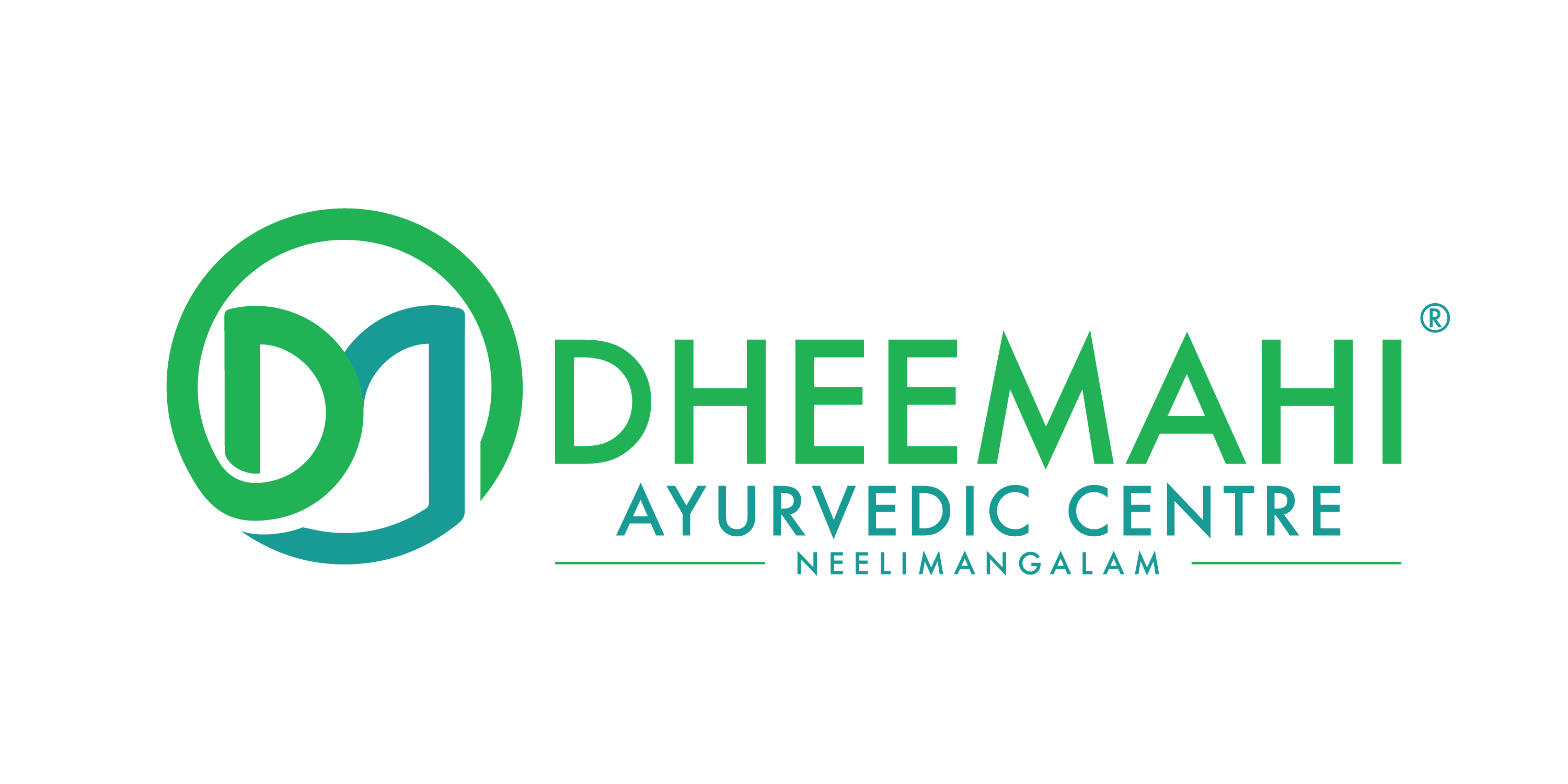Ayurvedic Post Panchakarma Care
Dr. Ajay Krishna P B.A.M.S
Ayurveda has been widely accepted throughout the world. Ayurvedic treatment can be broadly categorized into two main branches: “Samshodana” and “Samsamana Chikitsa.” Panchakarma, a key component of Samshodana Chikitsa, is a natural detoxification process designed to remove toxins from the body, ultimately boosting the body’s immune system. It holds significant importance in Ayurveda.
In Ashtanga Ayurveda, Kaya Chikitsa takes precedence and serves as the foundational treatment approach for Sarvaga Samsrita Vyadhis, which are diseases that affect the entire body. In kaya chiktsa sadhya rogas can be treated through panchakarma, which is the best therapeutic method (Sadanopaya) for expel vitiated doshas. Besides serving as an essential part of Kaya Chikitsa, it can also be considered an independent area of knowledge (Swatantra Vijnanam).
In Ayurvedic post-treatment care, there are specific measures designed for various therapeutic procedures. These aftercare measures are crucial for the patient’s well-being and recovery.
Aftercare Measures for Different Ayurvedic Therapies
After Nasyakarma (nasal therapy), there are immediate and late aftercare measures. Immediate measures include Dhoomapana (inhalation therapy) and Kabala. Late measures involve Samsarjanakrama (dietary regimen) and Brimhana therapy (nourishment therapy). Samsarjanakrama is not applicable after Nasya and Vasti treatments. In Vasti, there is less Agnimandya (digestive weakness) compared to Vamana and Virechana. Therefore, in Vasti, Mamsarasa (meat soup) can be given in place of Samsarjanakrama.
Importance of Samsarjanakrama
According to the commentator Chakrapani, the physiological state after Shodhana (purification) therapy is characterized by Dosha Kshaya (reduction of doshas) and Dhatu Kshaya (reduction of bodily tissues). After Shodhana, there is an immediate occurrence of Agnimandya, which gradually recovers. To facilitate this transition, Peyadikrama (gradual dietary progression) is recommended. It includes the consumption of different types of diets in a specific order: Peya (gruel with excess fluid), Vilepi (gruel with less fluid), Akrita Yusha (soup of pulses without oil), Kritha Yusha (soup of pulses with oil), Akrita Mamsarasa (meat soup without oil), and Kritha Mamsara (meat soup with oil). The duration for each diet varies depending on the type of Shuddhi (purification). For Uttama Shuddhi (excellent purification), it can be given for 7 days, while 5 and 3 days are recommended for Madhyama (moderate) and Avara (inferior) Shuddhi, respectively.
The Aims of Samsarjanakrama are
- Supplementing liquid and nutrition
- Improving Agni (digestive fire)
- Adapting the patient to a regular diet and restoring normalcy
- Overcoming Dosha Kshaya and Dhatu Kshaya.
To overcome Dosha Kshaya and Dhatu Kshaya, Brimhana Chikitsa can be adopted. After Vamana and Virechana karma (therapies), there is a depletion of Dosha and Dhatu (body tissues). Therefore, Pathya Ahara (appropriate diet) is essential to regain the strength of the body.
The selection of the diet is based on specific criteria such as,
- The food should enhance Agni (digestive fire).
- It should be easily digestible.
- It should be easily absorbed.
- It should promote healing of the alimentary canal.
- It should restore the body’s strength (Bala).
- Ultimately, it should lead to Satmya (adaptation to normalcy).
These aftercare measures play a vital role in ensuring the success of Ayurvedic therapies and the overall well-being of the patient. They help in balancing the body and gradually reintroducing a regular diet, ultimately contributing to the patient’s health and vitality.
Get your online medical consultation with an expert doctor before booking.
The unique approach involves a series of discussion during your initial decision-making process to make sure that we will be able to match your expectations with our treatment. Based on the discussions with you our team of expert doctors will design the best treatment package personalized for your needs.
How our booking process works
1
Medical Questionnaire
Fill our Medical Questionnaire, after that we will get back to you via email/phone.
Discussion with Doctor
Discuss your health condition and expectations with our doctor.
3
Important Information
Carefully read all the important information.
4
Reservation
Confirm the booking by making a payment of 50% advance.
Dheemahi Ayurveda centre is recognized by Government of Kerala
The medicines we use comes from our own GMP certified herbal pharmacy.
One of the best ayurvedic hospital in kerala for classical panchakarma treatment
Daily yoga sessions of an expert yoga guru
All our attendants and therapists are certified as well as given in-house training by our Doctors to learn our way of therapies
In-house kitchen team serves the best authentic, healthy and fresh ayurvedic food
We offer you the best ayurvedic wellness centre experience
In house training sessions led by doctors on ayurveda lifestyle
Ready to Make a
Our Branches :
Dheemahi Ayurvedic Village, Kumarakom, Kottayam, Kerala, India, Pin 6860000
Dheemahi Ayurvedic Centre, Near Neelimangalam Bridge, Kumaranaloor, Perumbaikad.P.O, Kottayam, Kerala, India, Pin 686016
Head Office:
Dheemahi Ayurvedic Pvt Ltd, 12/386, Varaputhara Road, Kumarakom, Kottayam, Kerala, Pin 686563
Call Us Anytime: +91 80 4717 2727
Best Ayurvedic Diabetes Treatment in Kerala
Best Ayurvedic Obesity Treatment In Kerala
Best PCOD Ayurvedic Treatment in Kerala
Bestes Ayurveda-Zentrum in Kerala (auf Deutsch 🇩🇪)
Ayurvedic Pregnancy Care Treatment in Kerala

